July 2024 — Architecture Highlights: Revivalism, Sustainability, and Bold Styles
July brought a clear theme: architects and historians were looking both backward and forward. We covered revival movements that shape identity, modern sustainability practices that reduce impact, and avant‑garde styles that push form and function. If you read one archive page this month, make it this one — it groups practical takeaways from nine focused posts.
Key themes from this month
Revivalism appeared across several pieces — not as nostalgia but as a tool for cultural growth. Articles on Colonial, Greek, Renaissance, and Colonial Revival explored how past forms get reused to strengthen place and memory. One piece argued revivalism can boost local identity when designers adapt, not copy.
Sustainability stood out as a practical priority. Our post on eco‑friendly architecture explained simple design moves that lower energy use: orientation, shading, and passive ventilation. It also highlighted materials choices and small retrofits that deliver measurable savings for homeowners and small builders.
On the experimental side, deconstructivism and constructivist architecture showed how form can challenge expectations. The deconstructivism article focused on fragmentation and perception — why asymmetry can make a building more engaging. The constructivist piece emphasized technology and industrial aesthetics as drivers of bold, functional design.
What you can use right away
If you want practical ideas, start with these simple moves: borrow proportions or motifs from a historic style to give a new building local character; add passive shading and cross‑ventilation to cut cooling loads; and try a single unexpected element — an angled roof or exposed structure — to make a clean, modern statement.
For homeowners, the Colonial and Greek Revival articles offer quick tips: focus on symmetrical layouts, classic window proportions, and entry details that read well at human scale. For designers, the constructivist and deconstructivist pieces suggest pairing bold geometry with clear structural logic so daring shapes still work practically.
Also note: revivalism and sustainability can work together. Using local, reclaimed materials ties a building to place while lowering embodied carbon. One post showed how thoughtful restoration keeps character and saves resources compared with full demolition.
July's posts balance theory and practice. You’ll find historical context, profiles of key movements, and checklists you can use on a project. If you liked a specific post, follow the tags on the site to explore related case studies and visuals.
Want a quick next step? Pick one idea from these articles — a material swap, a shading strategy, or a historic detail — and sketch how it would change a current project. Small changes often unlock bigger design improvements.
Bookmark this page to track future roundups. We’ll keep mixing historical insight with practical tips so you can design smarter, build greener, and create places that feel rooted and alive.
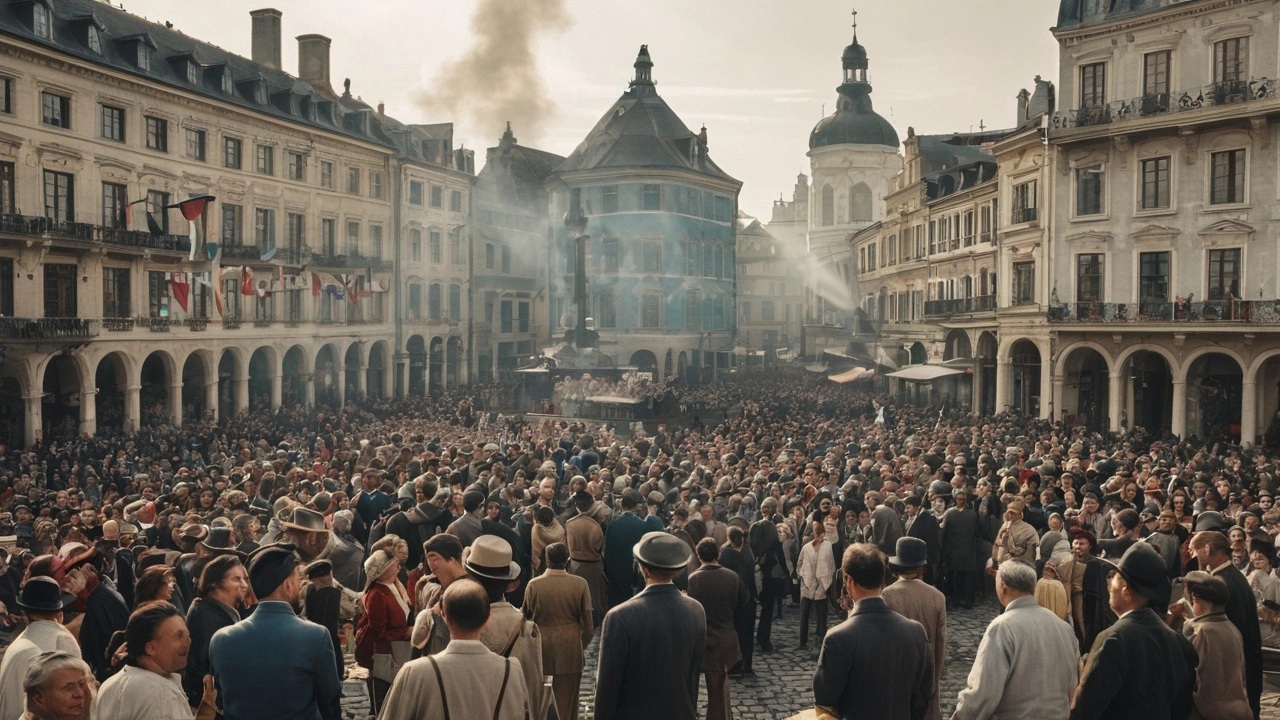
Unleashing the Power and Potential of Revivalism for Cultural Growth
Revivalism represents an impactful phenomenon in history that has stirred cultural, social, and even political landscapes. This article explores the essence of revivalism, its impressive power, and potential in shaping societies. From past movements to their contemporary relevance, discover how revivals rekindle spirits and inspire change in today's world.
Read more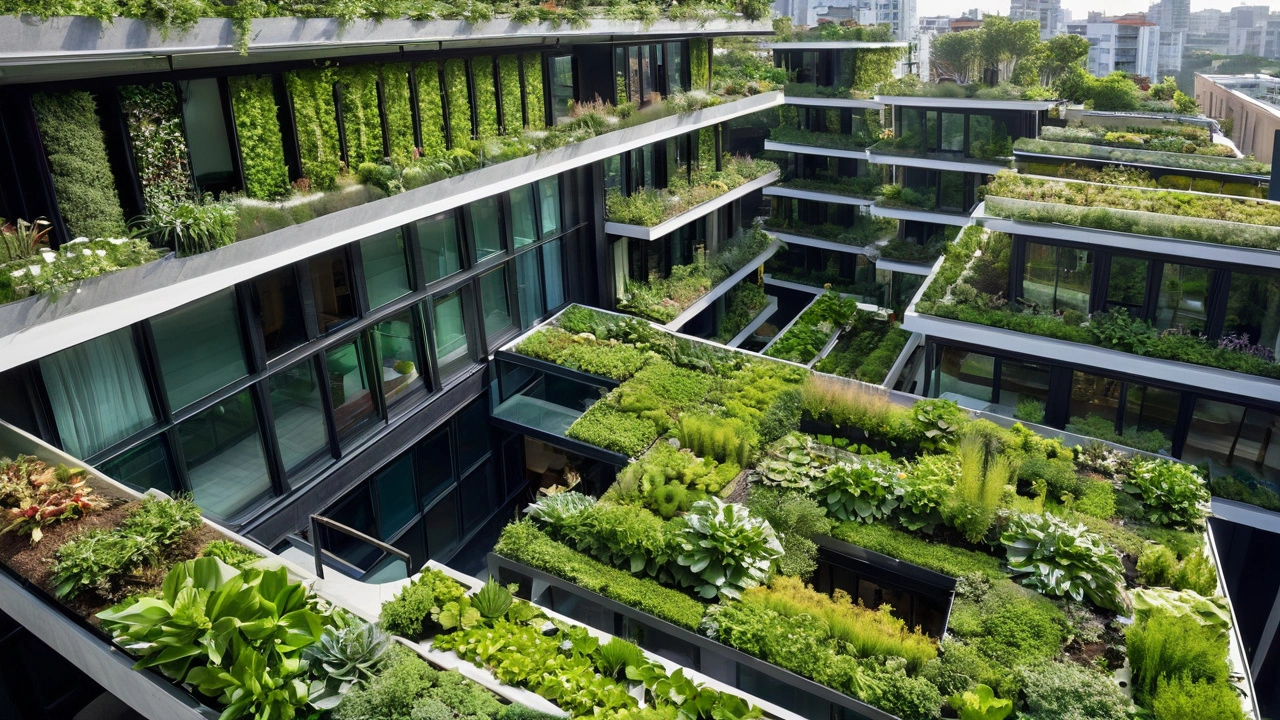
The Rising Impact of Sustainable Architecture in Modern Times
Sustainable architecture is changing the way we build and live. This article explores how eco-friendly designs are gaining momentum. Dive into innovations, benefits, and practical tips for integrating sustainability in construction.
Read more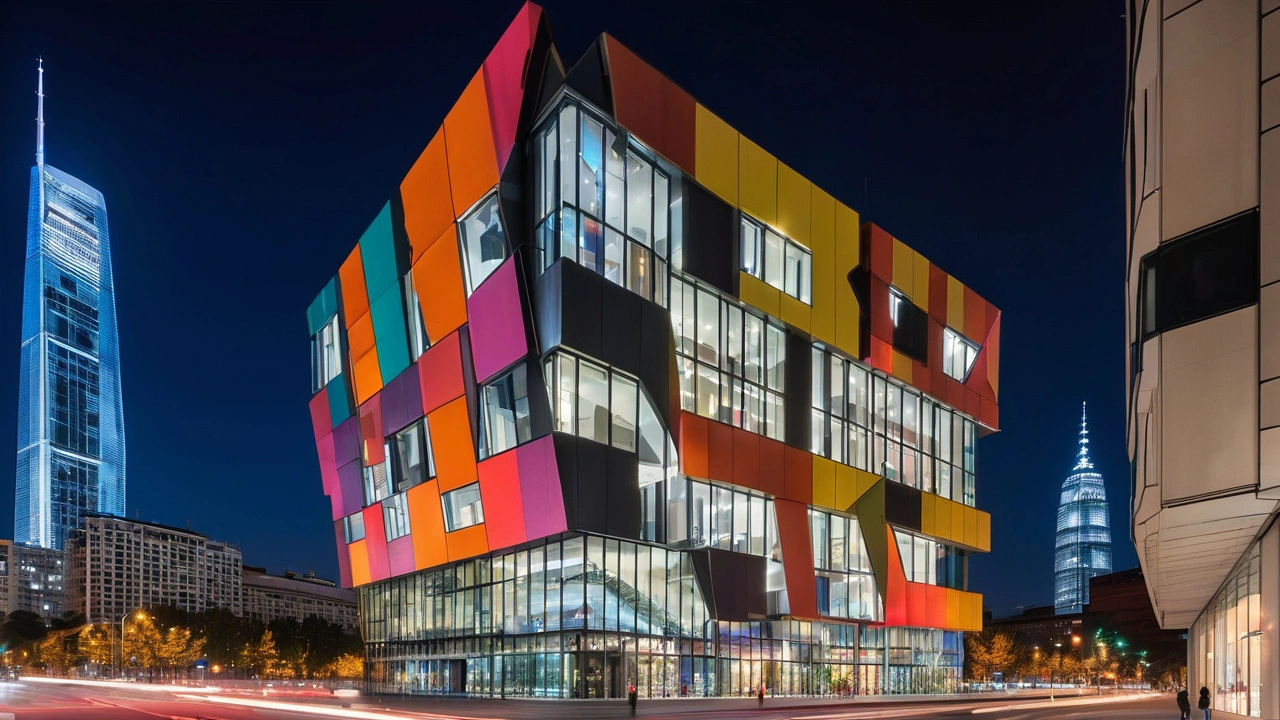
The Story and Influence of Deconstructivism in Architecture
Deconstructivism, an architectural movement that emerged in the late 20th century, broke away from traditional design principles to create unusual and fragmented structures. This article explores the origins and key figures in the movement, its impact on modern architecture, and the philosophical ideas that underpin it. Also, it offers insights into how this avant-garde style continues to inspire contemporary design.
Read more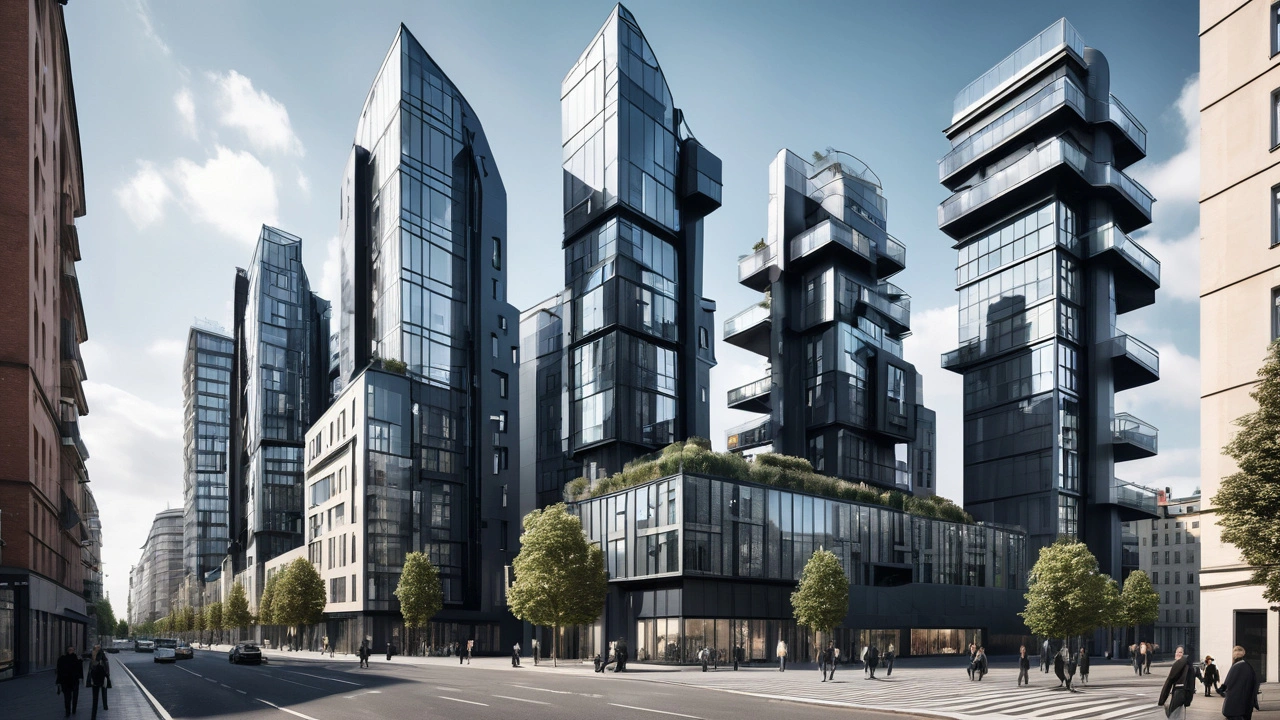
The Future of Constructivist Architecture: Bold Designs and Innovation
Discover the world of constructivist architecture, a movement that combines technology, practicality, and artistic vision. This article explores the history, core principles, notable examples, and future developments of constructivist designs. Find out how this architectural style pushes the boundaries of what's possible, offering tips for aspiring architects and enthusiasts.
Read more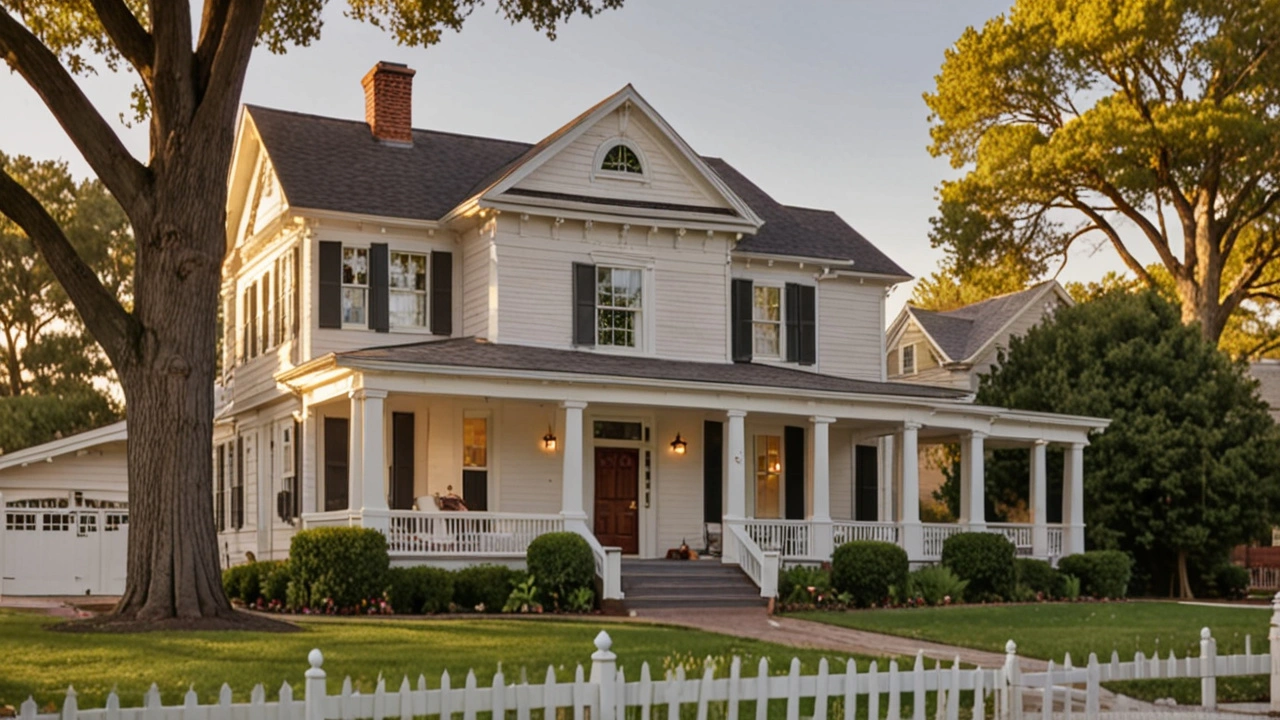
Colonial Revival Architecture: A Timeless American Tradition
This article dives into the rich history and enduring appeal of Colonial Revival architecture. It explores its origins, key characteristics, and why it continues to be a popular choice for American homes. The piece also offers tips on recognizing and embracing this traditional style in modern living.
Read more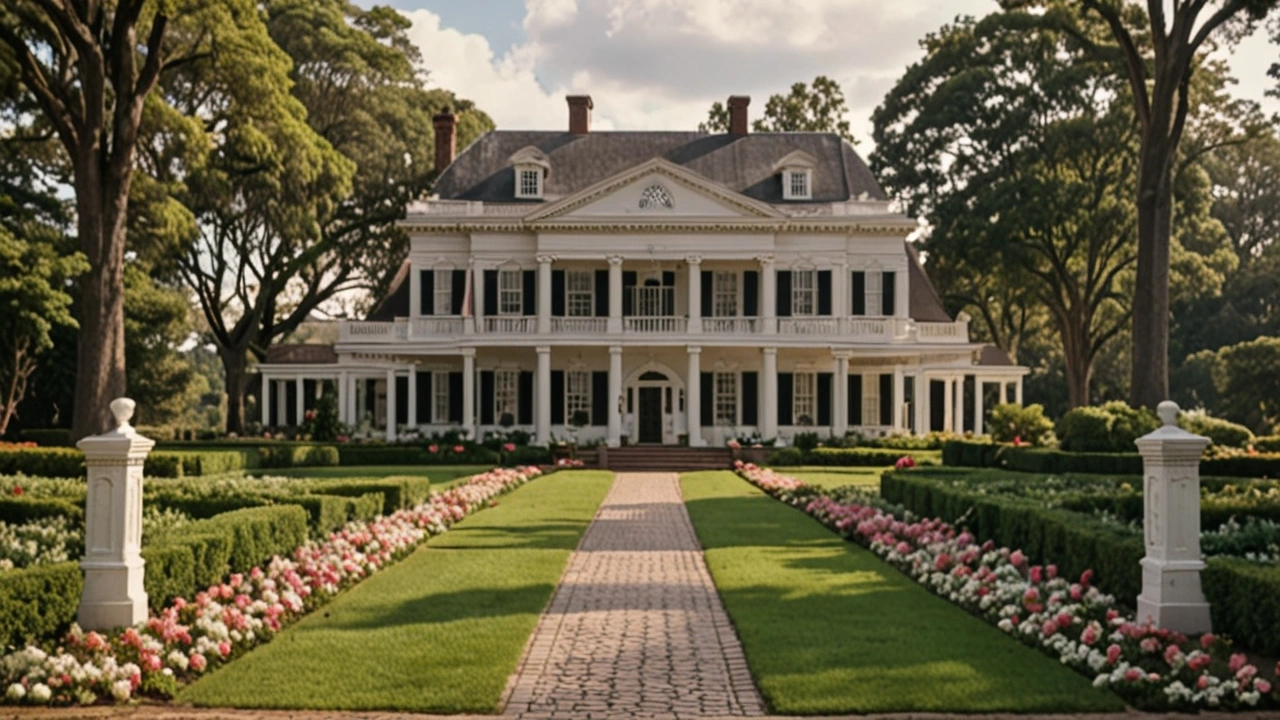
Exploring the Timeless Beauty of Colonial Architecture: An Homage to Historic Masterpieces
Dive into the world of Colonial Architecture, showcasing its stunning designs and timeless appeal. This article reveals fascinating facts and practical insights about classic architectural styles that have shaped many historic homes and buildings. Learn more about the key elements, influences, and ways to preserve these historical treasures.
Read more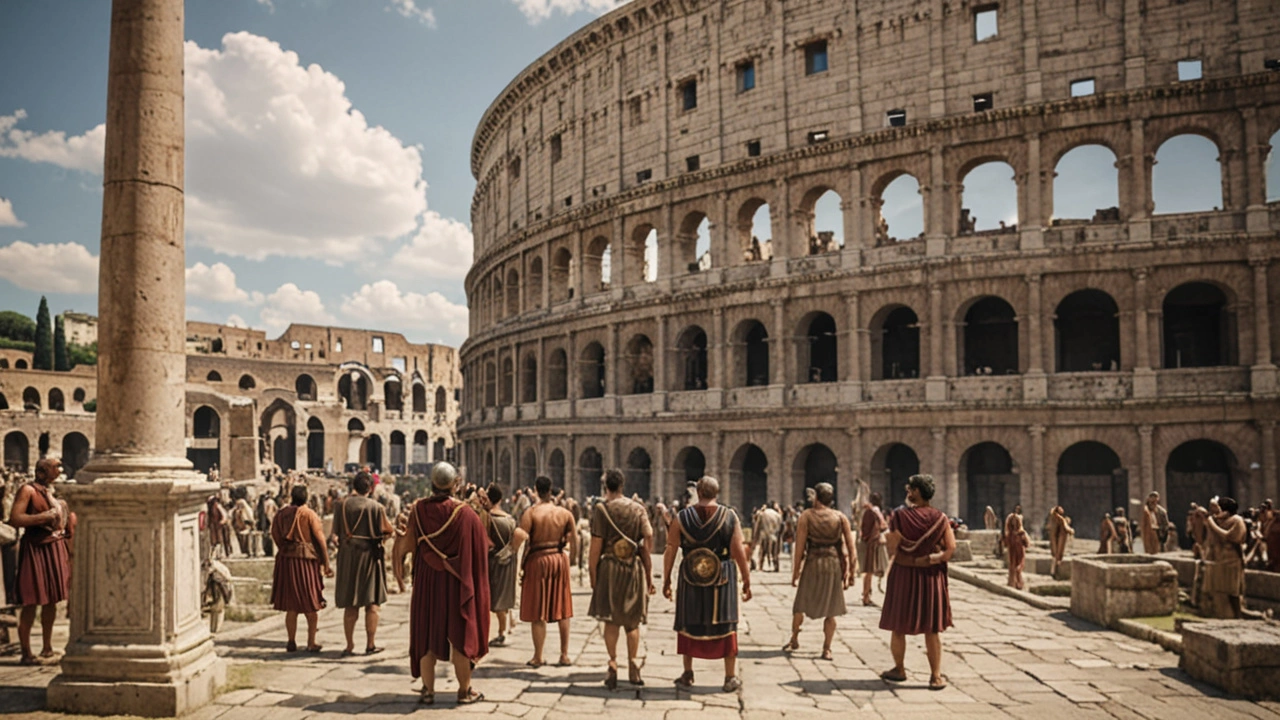
Unlocking the Secrets of Ancient Roman Architecture
Ancient Roman architecture has long fascinated historians, architects, and scholars. This article delves into the various elements of Roman design, including their use of materials, innovative construction techniques, major architectural structures, and the cultural significance of their buildings. Whether you're a history buff or just curious about ancient engineering, this piece provides a comprehensive look at what made Roman architecture so unique and enduring.
Read more
Greek Revival Architecture: Exploring a Timeless Legacy
Greek Revival architecture reflects a timeless legacy of classical design, rooted in ancient Greek elements. This article explores its origins, key features, significant examples, and tips for integrating Greek Revival elements into modern homes. Dive into the history and enduring charm that makes this architectural style a favorite among design enthusiasts.
Read more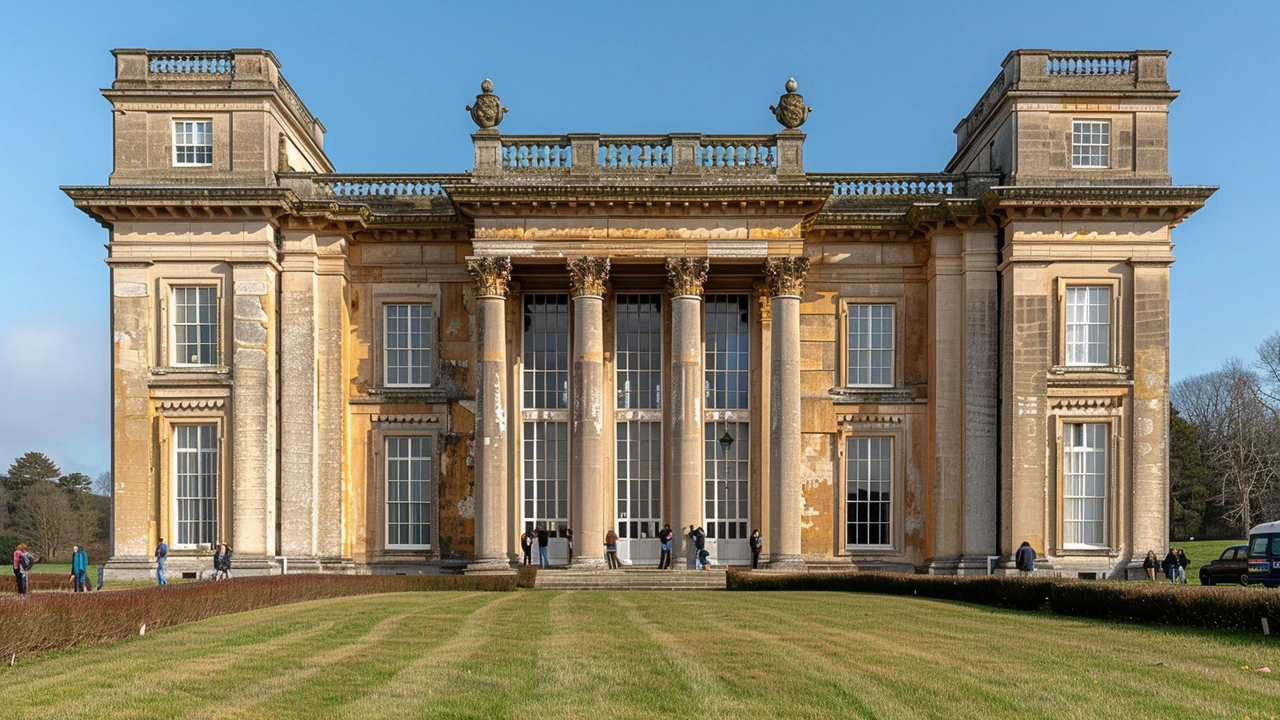
The Enchanting World of Renaissance Revival Architecture
Renaissance Revival architecture, emerging in the 19th century, brought a renaissance of its own, showcasing intricate designs and classical elegance. This style echoes the grandeur of the Renaissance period with modern adaptations. Explore the origins, key elements, notable structures, and the profound impact it has had on contemporary architecture.
Read more